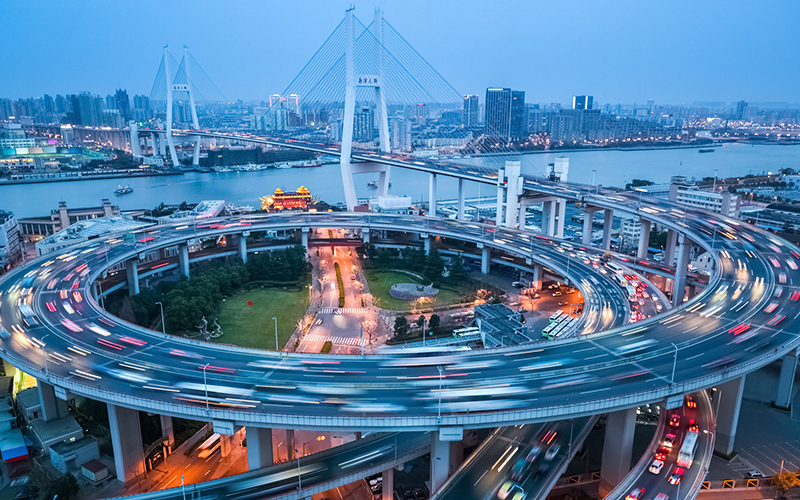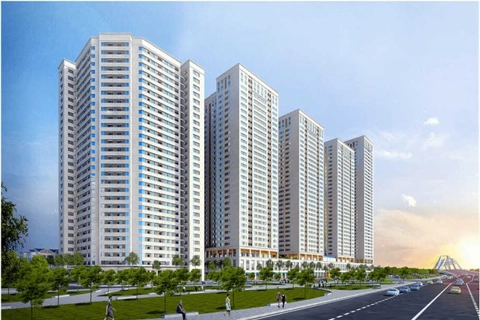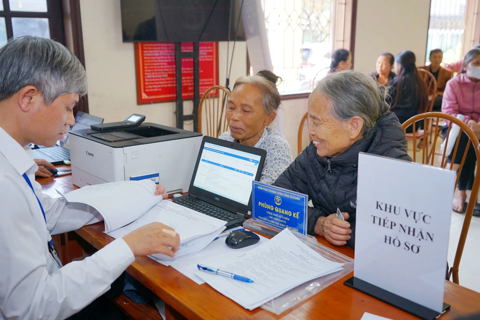It’s not just about the financing. Infrastructure needs to be well built
Southeast Asian governments invest more as a share of total government expenditures than member countries of the OECD. Much of that spending goes for infrastructure.
The delivery of services – such as clean water, reliable public transport, schools and hospitals – through economic and social infrastructure is among the most important functions of government. Resources must be well spent to ensure quality.
People everywhere want good infrastructure, such as smooth and safe roads and timely and reliable trains that move passengers and freight across a wide range of destinations. They want clean water, reliable sanitation, easy-access broadband internet connectivity and electricity available 24/7. Well-managed and functional airports and seaports enable connection with the rest of the world, while schools and hospitals ensure well-being, including a healthy and well-equipped workforce.
The delivery of services through economic and social infrastructure is among the most important functions of government and key to how citizens perceive the role and effectiveness of government.
| Illustrative photo. Source: www.macquarie.com |
Southeast Asian governments invest more as a share of total government expenditures (16.7%) than member countries of the Organization for Economic Co-operation and Development (OECD) (7.6%). Much of that spending goes for infrastructure, according to the ADB/OECD report Government at a Glance Southeast Asia 2019.
These infrastructure assets are largely provided by governments, including through state-owned enterprises and public private partnerships (PPPs). Southeast Asian countries increased spending on infrastructure by 1.5% between 2008-2016, reflecting in part governments’ ambitions to maintain growth and improve access. This compares to an investment decline of 1.8% in OECD countries over the same period.
Yet, increasing infrastructure finance may not be enough. Resources must be well spent to achieve high quality infrastructure. Strengthening governance systems – the mechanisms that ensure that infrastructure is of high quality and is sustainable over the long-term – will encourage more private investment in infrastructure, particularly in countries with weak institutions. And more broadly, it will generate greater value for money. The concept of quality infrastructure has been endorsed and recognized at G7 and G20 summits.
The budget is the most important instrument to shape development priorities and there are numerous budget tools and practices that help ensure quality spending, for example, fiscal rules and medium-term expenditure frameworks, rigorous ex ante cost benefit analysis of infrastructure investment proposals, and open government budget initiatives. These apply the rules of the overall budget process to capital expenditures in order to improve the planning, coordination and flexibility of capital budgets, and contribute to better understanding the interaction between current and capital expenditures.
Fiscal rules are tools, often backed by legislation, that place limits on fiscal deficits, government spending, and debt accumulation. These are indicators of prudent budget management. Their purpose is to counteract the tendency of governments to give in to internal and external pressures and spend more than what is planned. Most OECD countries have fiscal rules on budget balance, debt and expenditure. Southeast Asian countries tend to have rules on balancing the budget (70% of Southeast Asian countries) and debt (60%), but only 40% of Southeast Asian countries have expenditure rules, including specific numerical spending targets and ceilings. Some fiscal rules only apply to current expenditure, which is still important given the future expenditure implications (e.g. maintenance) of today’s capital expenditures.
Medium-term expenditure frameworks are tools for overcoming the limitations of the annual budget cycle by adopting a medium-term view (3-5 years) for achieving the government’s fiscal objectives. These frameworks combine future estimates of the costs of government policies along with expenditure ceilings and are useful for financing projects that could take many years to complete and maintain.
Obtaining expenditure estimates and ceilings based on reliable projections is one of the major challenges of a successful medium-term expenditure framework. Seventy percent of OECD countries have medium-term expenditure frameworks or budget ceilings set up and protected by laws. Out of 10 Southeast Asian countries, only three: Indonesia, Thailand and Vietnam have such laws, although countries such as the Philippines operate medium-term expenditure frameworks without such a legal framework.
Investing in good governance results in better infrastructure
Once expenditure level targets are defined, the quality of infrastructure spending depends on carrying out due diligence to identify value for money and to prioritize and integrate proposed projects into the public investment plan of each country. According to the ADB-OECD report, 70% of Southeast Asian countries use absolute value for money tests for all projects. Absolute value for money assessments determine whether a project provides overall value for money for the benefit of society.
One example of the need for cost benefit analysis is to assess the relative benefit of using public private partnerships (PPPs). According to the report, more than 70% of those surveyed said they were unable to tell the difference between a traditional infrastructure procurement and a PPP project in terms of performance on timeliness, construction costs, operating costs, quality of finished products, or transaction costs. Factors holding back the performance of PPPs in the region include gaps in legal regulatory frameworks, and insufficient presence of financial facilities. These findings also point to the need for increased capacity development across these areas in Southeast Asian countries.
Achieving high quality service delivery depends on a better understanding of citizens’ expectations. Open government initiatives provide an essential tool kit for achieving spending that is more responsive to citizens’ expectations. Eighty six percent of OECD countries said they strive to improve the transparency of the public sector, including citizen trust. Southeast Asian countries also support open government initiatives to achieve the same objectives. However, half of the eight Southeast Asian countries featured in this report have no formal requirement for public sector organizations to share their data openly by default, and only half of the Southeast Asian countries share with the public the underlying methodology and assumptions that justify their fiscal projections for the budget. Only 30% of Southeast Asian countries publish a budget sensitivity analysis.
Scaling up quality infrastructure investment is key to the success of the 2030 sustainable development agenda, and its goal of inclusive growth. However, the positive impacts (any growth dividend and/or distributional effect) of infrastructure investment should not be taken for granted, as effectiveness and efficiency can only be achieved through strong institutions and policies that ensure transparency, accountability and good governance.
The ADB-OECD report Government at a Glance Southeast Asia 2019 has highlighted some of the areas where Southeast Asian countries have made headway in bridging these gaps including by adopting new budget tools, strengthening transparency and reporting requirements and pointing to important considerations in due diligence investment planning. As observed across the board, and identified in the OECD Framework for Infrastructure Governance the lesson is: Investing in good governance results in better outcomes.
Authors:
Bruno Carrasco Chief of Governance Thematic Group, Sustainable Development and Climate Change Department.
Edwin Lau Head of Budgeting and Public Expenditure, Public Governance Directorate, Organization for Economic Co operation and Development.












